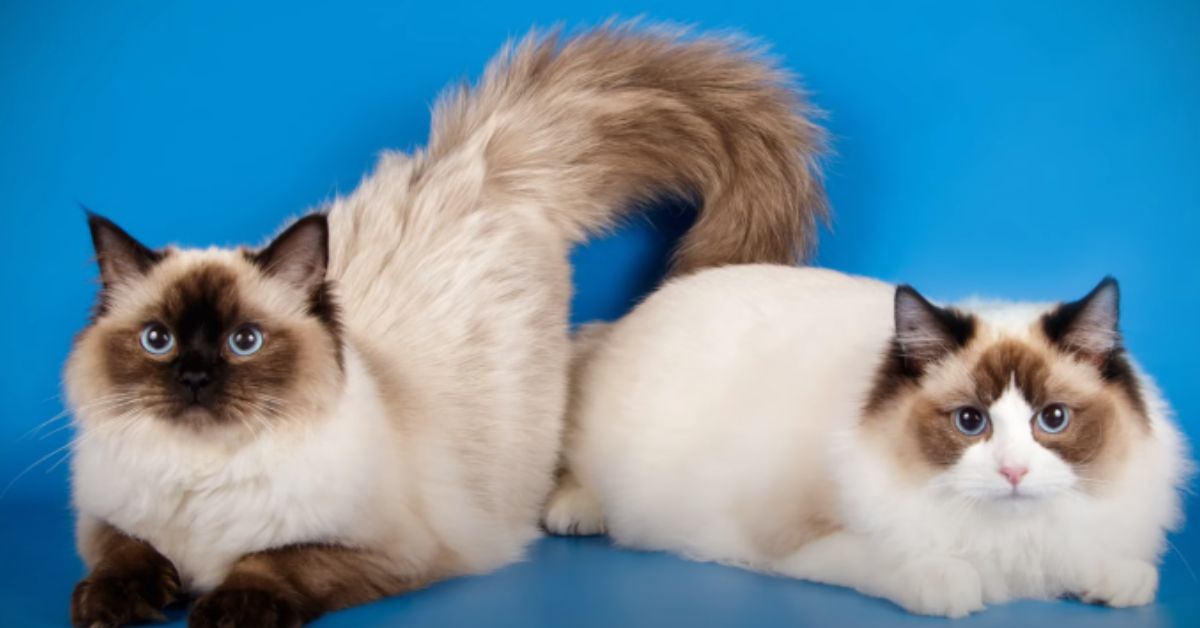The Ragdoll cat is considered to be the most beautiful breed in the feline family. I can very well understand how sad it is when our pet dies. But if we talk about the lifespan of a Ragdoll cat, then they have a very long and good lifespan. If we talk about the average Ragdoll cat lifespan is about 12 to 15 years.
Ragdoll lifespan can be even more than this which depends on many factors, you can read further.
how long do ragdoll cats live
Ragdoll life expectancy is long so you need to be prepared because a longer lifespan means more time to care for and more money to spend. The average lifespan of a ragdoll cat can range from 12 to 16 years. Some ragdoll owners have reported that their cats have lived for over 20 years. If you also want to give your fluffy friend a good and long life, you will have to pay a lot of attention to his health and lifestyle.
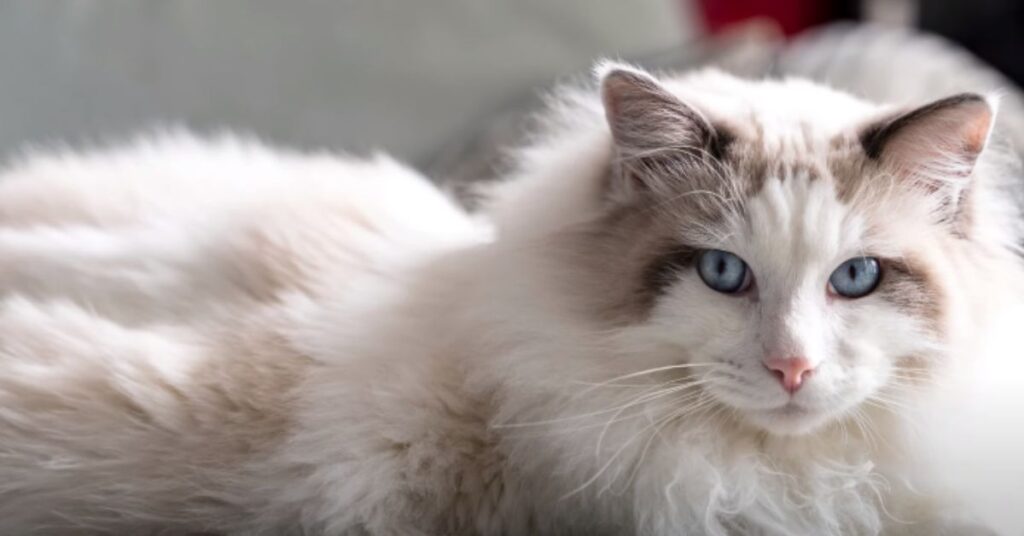
these factors can increase ragdoll cat lifespan expectancy
1. Food and Nutrition: Their food greatly impacts Ragdoll’s lifespan. Premium quality wet food and essential amino acids play a vital role in keeping them healthy. They need to eat more during their growing age up to 4 years. Along with this, their weight should also be monitored regularly to avoid obesity.
My experience from the last several decades is that wet food is the most appropriate diet for them, whether you buy it commercially or use homemade wet food, still if you are confused about what to feed your Ragdoll cat and how much to feed, you can consult a veterinarian.
2. Genetics: If your Ragdoll belongs to strong parents’ genes, then that also has a direct relation with its life span. If the cat’s parents did not have chronic illnesses and dangerous diseases, then it is expected that your Ragdoll will also have less chance of getting those diseases.
3. Lifestyle: The daily routine of the Ragdoll is very important for their long life. The Ragdolls species have evolved to live indoors. They may have to face a lot of difficulties outside. These cats cannot survive in the wild because their hunting skills are much less than stray cats. Apart from this, they also need grooming. Due to lack of Grooming, their fur may become tangled which will be very painful for them.
4. Spayed or Neutered: Yes I know it sounds a little weird how spaying and neutering affect the ragdoll lifespan. The surgical procedure of removing the ovaries and uterus in females is called spaying and the surgical removal of the testicles in males is called neutering. This eliminates the possibility of sexually transmitted diseases and the cat remains healthier. which increases the chances of your Rag living longer.
- The Ragdoll cat lifespan of the female is longer than that of a male cat.
5. Vaccination: Proper timely vaccination protects your Ragdoll from many diseases. Vaccination also keeps you safe from infections caused by scratches from cat’s nails and teeth
ragdoll cat Origin and history
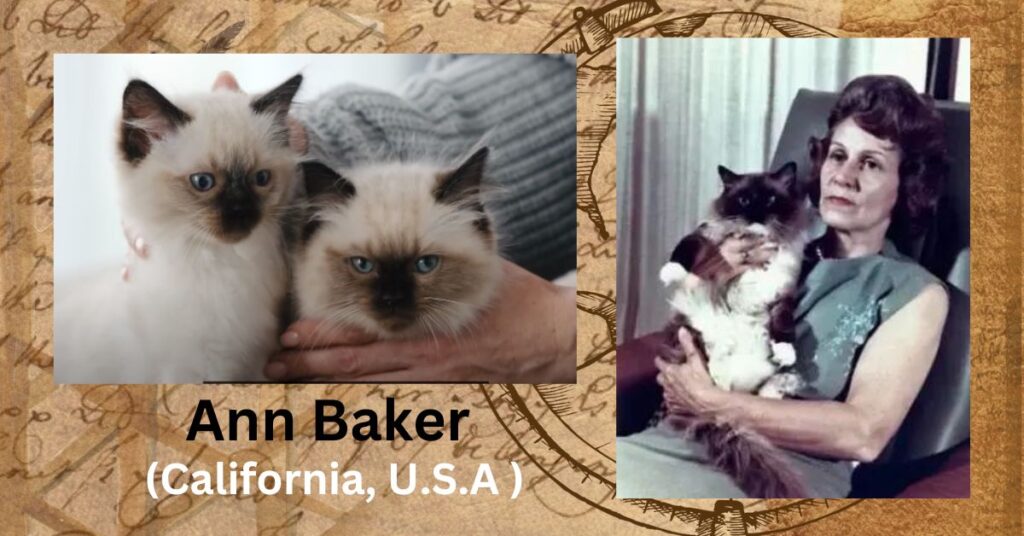
A giant gentle domestic cat with blue eyes, a long coat that is generally light colored with dark markings, and a propensity to fall limp when picked up are characteristics of a ragdoll cat origin in the riverside, California. The history of the ragdoll cats is not new; it has been in existence since the ’60s
Ann Baker, a breeder from the United States, crossbred a female longhaired non-pugnacious cat named Josephine with a docile stray cat in 1963. Baker herself says that Josephine has a calm temperament, Doyle, and affectionate kittens, who behaved limp when picked up. From Josephine’s first litter, Baker received an all-black kitten named Blackie.
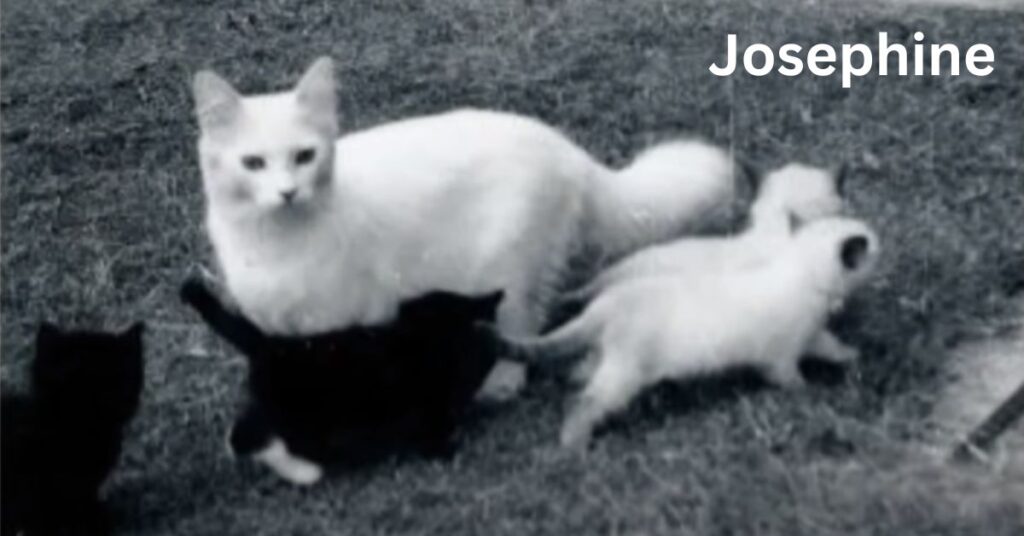
Daddy Warbucks was a seal-pointed male with white feet. Daddy Warbuks later sired a bi-colour female named Fugiana and Blackie sired a Burmese-like dark brown female known as Bukwheat. Both of them were Buckwheat’s daughters. Daddy Warbuck’s breeding with Fugiana and Buckwheat resulted in the ragdoll cat breed origin.
Baker founded the International Ragdoll Cat Association (IRCA) in 1971 and trademarked the name Ragdoll. Baker died in 1997, but the IRCA he founded is still in existence today.
| Ragdoll cat country of origin | Riverside, California / U.S.A |
Do Ragdoll cats have health issues?
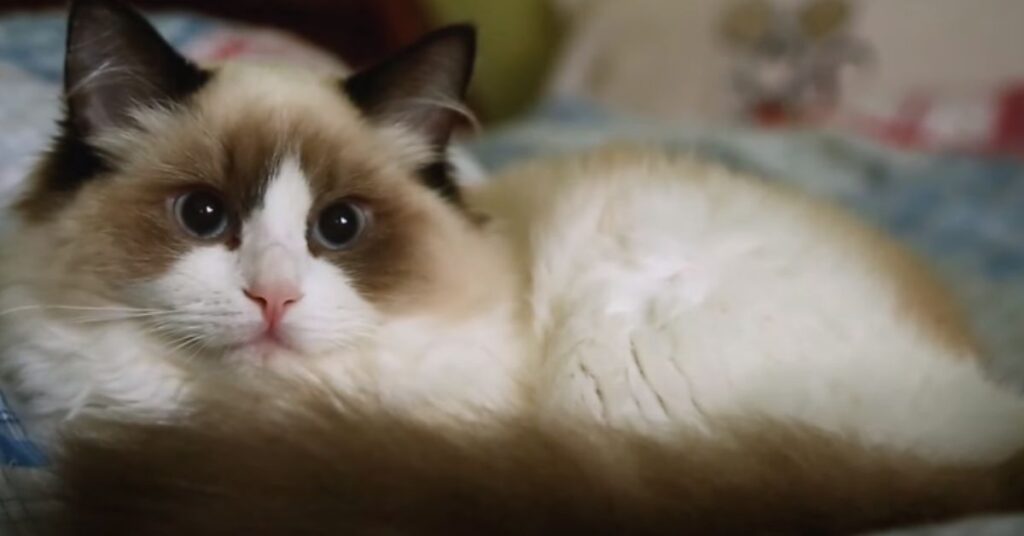
All longhaired cats have several health issues. Some diseases are inherited from their parent’s genes, while others are caused by a lack of proper lifestyle and nutrition. The good thing is that ragdoll cats have fewer diseases than other longhair cats. Ragdolls are not brachycephalic breeds like Himalayan cats and Persian cats, which is why they have fewer breathing problems.
Hypertrophic cardiomyopathy (HCM)
Ragdolls are generally healthy cats, but they may suffer from a major hereditary disease called hypertrophic cardiomyopathy (HCM).
(HCM) hypertrophic cardiomyopathy is a common health disease in Ragdoll cats. In this, the heart muscles become enlarged (hypertrophic). Due to this, the heart’s ability to pump blood to the organs decreases, due to which your fluffy cat can suffer from heart failure and thromboembolism, and in many cases, sudden death can also occur. Examination using a veterinary Echocardiography (ECG) and X-ray ultrasound imaging technology to check for heart enlargement and thickened walls can determine if your Ragdoll is affected by HCM.
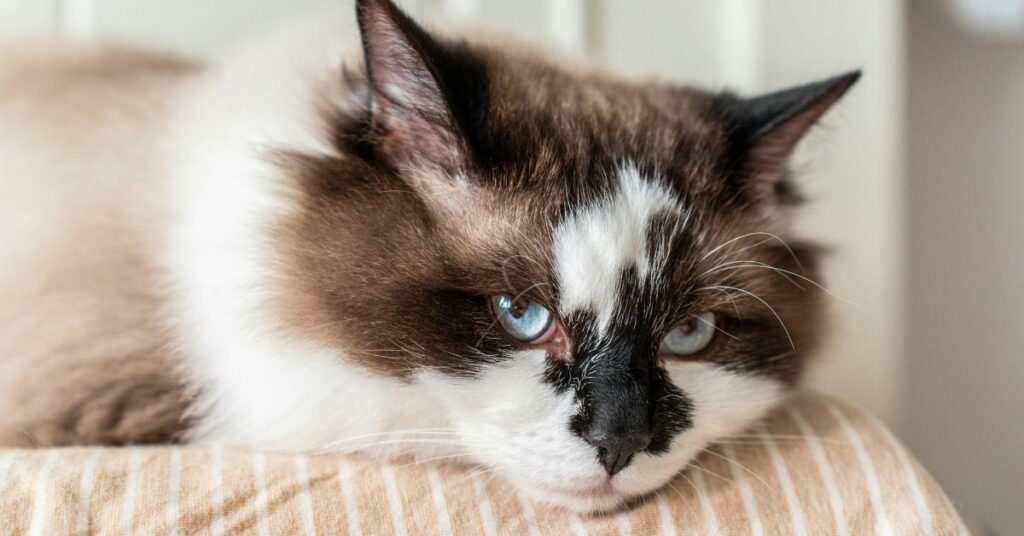
You may think that the reason for this disease is a lack of proper nutrition, but the truth is that it is hereditary. All breeders should get tested for (HCM) before breeding. If HCM is detected, the breeder should never breed from that cat. This disease is present in kittens from birth. Initially, there are no observable symptoms. In some Ragdolls, it is detected at the age of 1 to 2 years. In some cats, it starts to develop at the age of 6 to 8 years.
Symptoms of HCM in cats
- Difficulty in breathing
- collapse
- weak pulse
- Loss of appetite
- hind legs getting numb and cold
- abnormal heart sound
- Crackling sound while breathing
- Exhaustion
- lethargy
Obesity
Obesity is very common in Ragdolls. Poor diet and lack of exercise often cause cats to become heavier than ideal, which requires special attention.
Kidney Disease
Ragdoll cats are prone to kidney problems. PKD (Polycystic kidney disease) is a mediate issue in which multiple plaques develop in the kidneys and the efficiency of the kidneys decreases. If not treated properly, the kidneys may stop working completely.
There are no visible symptoms initially but it is important to monitor this condition with regular ultrasound and ultrasound. To prevent this problem, keep your cat hydrated and take them for regular vet checkups.
Symptoms of PKD in cats
- Increased thirst
- Frequent urination
- Weight loss
- Blood in urine
- Lack of appetite
Urinary tract disease
Bladder stones or cysts are a common issue in Ragdolls which can lead to infection of the entire urinary system. The ureters and urethra can also become inflamed which can cause the cat to experience severe pain while passing urine.
This disease can be treated with good nutrition, vet-recommended antibiotics, and therapies.
Symptoms of Urination in Cats
- Blood in urine
- Shouting while urinating
- Excessive licking of the genital parts
- Urinating outside the litter box
Conclusion
Ragdoll cats’ stunning appearance and friendly nature will make a wonderful addition to your home. Knowing the Ragdoll cat lifespan, you should get proper information about its care so that you can enjoy their companionship. If you are thinking of adopting a Ragdoll, then it will give you a lot of love, warmth, and loyalty.
Also read: Can Black Ragdoll Cat Exist? Controversies, Price, Characteristics, And Care Tips

I am Saral Kumar, a passionate blogger who dedicates my time to providing valuable information on pet care, especially cats. I create content that helps cat owners to understand their furry friends better and take care of them. I have spent the last decade trying to understand cats better. So I am sharing my valuable insights and tips with my fellow cat enthusiasts through writing.
